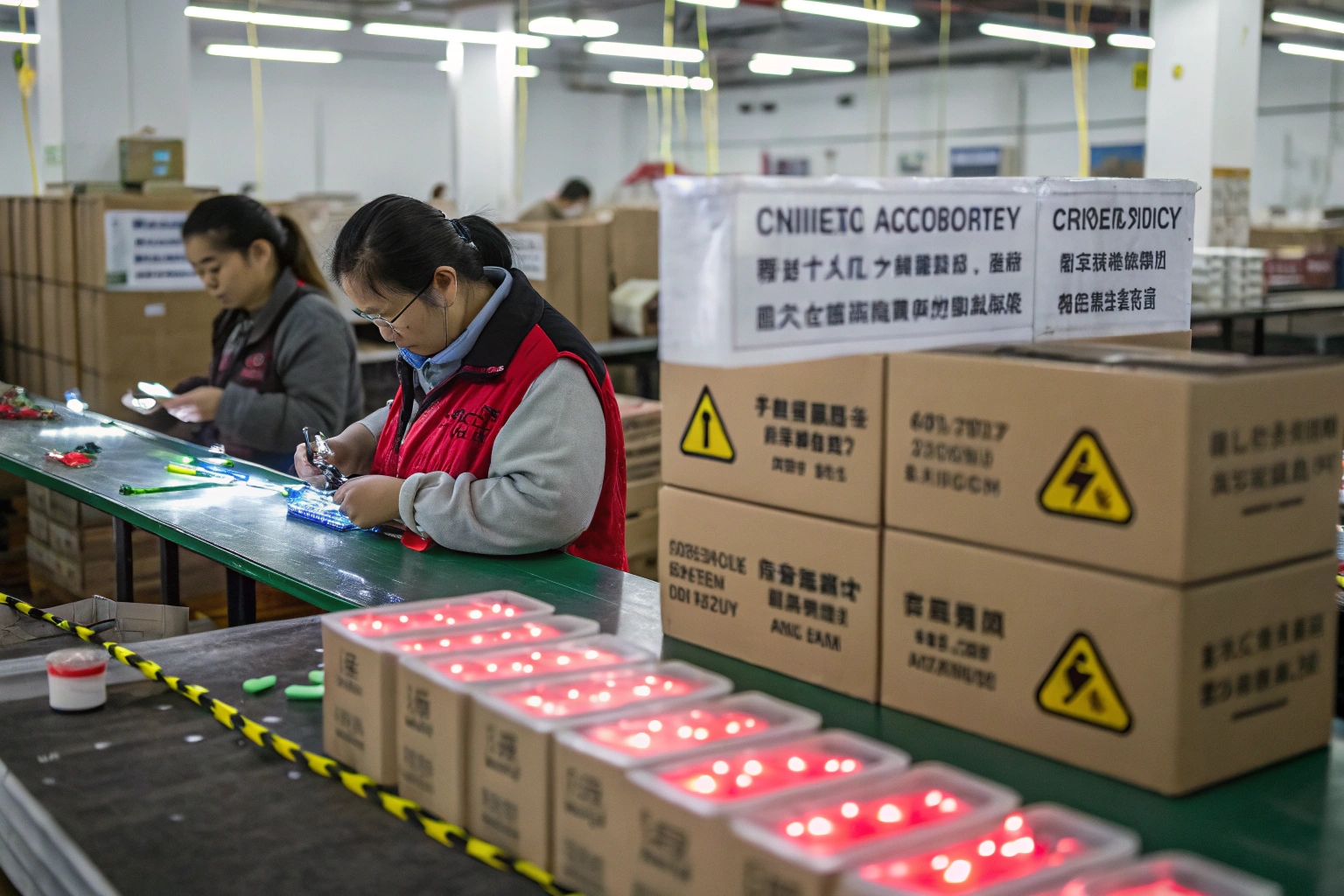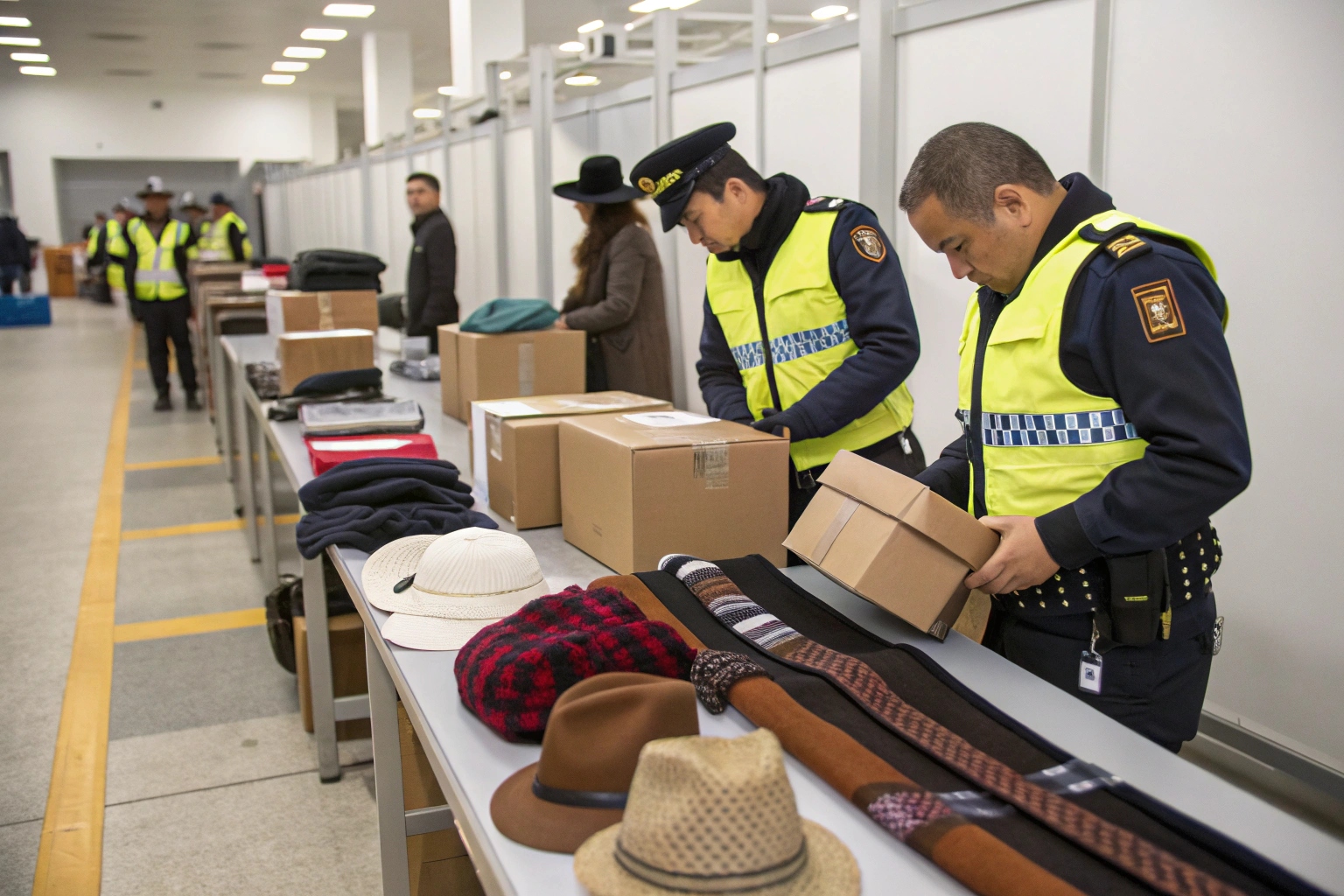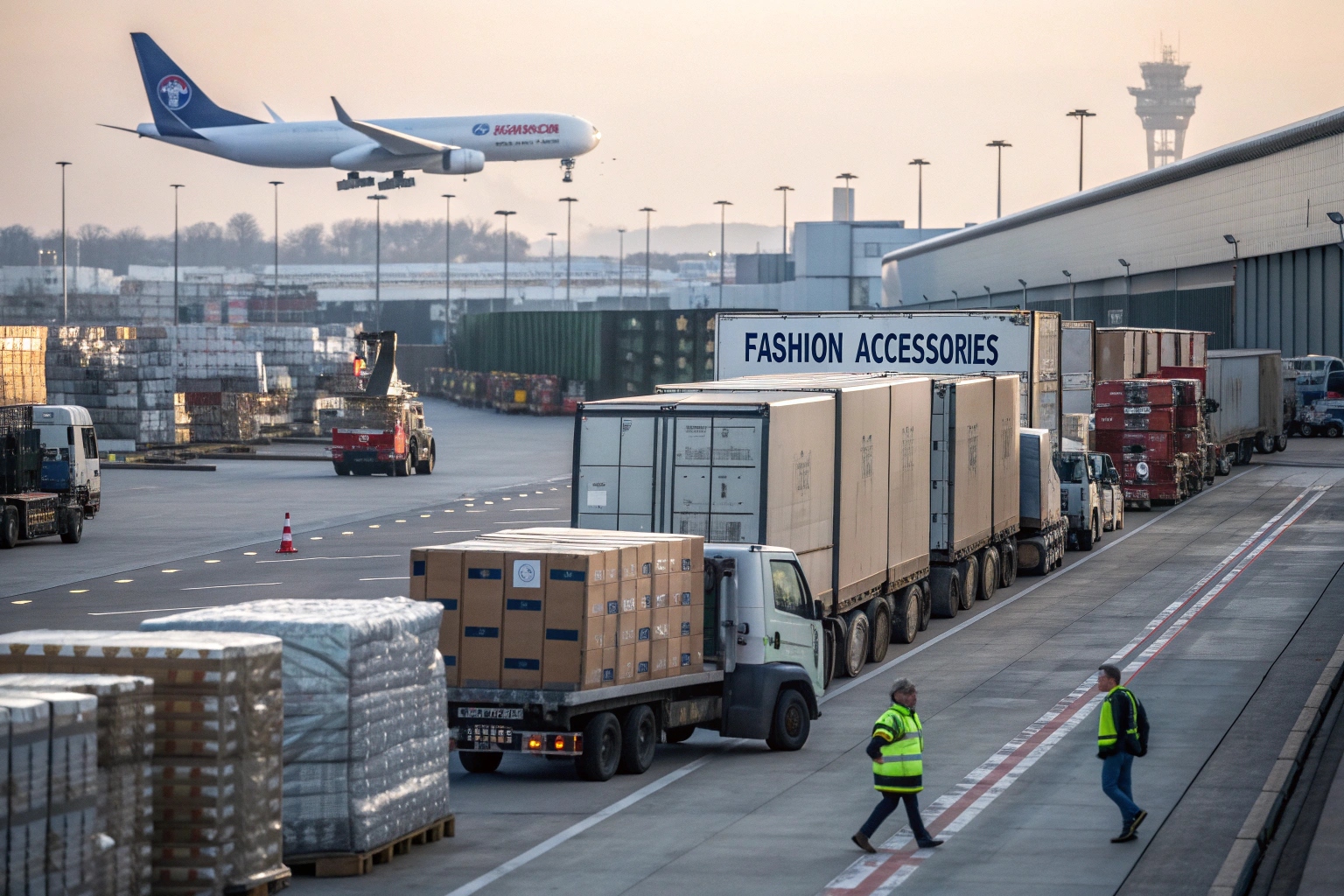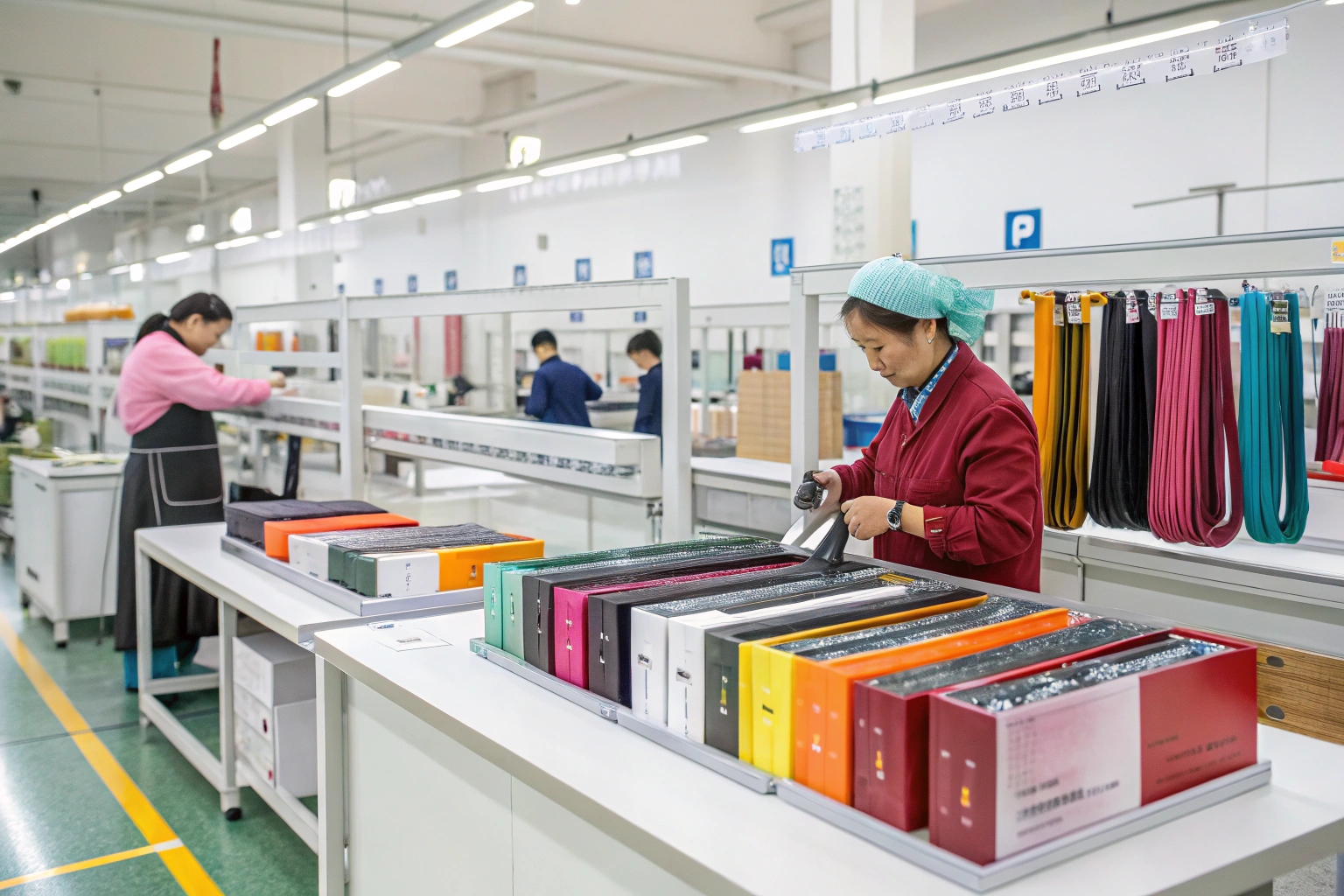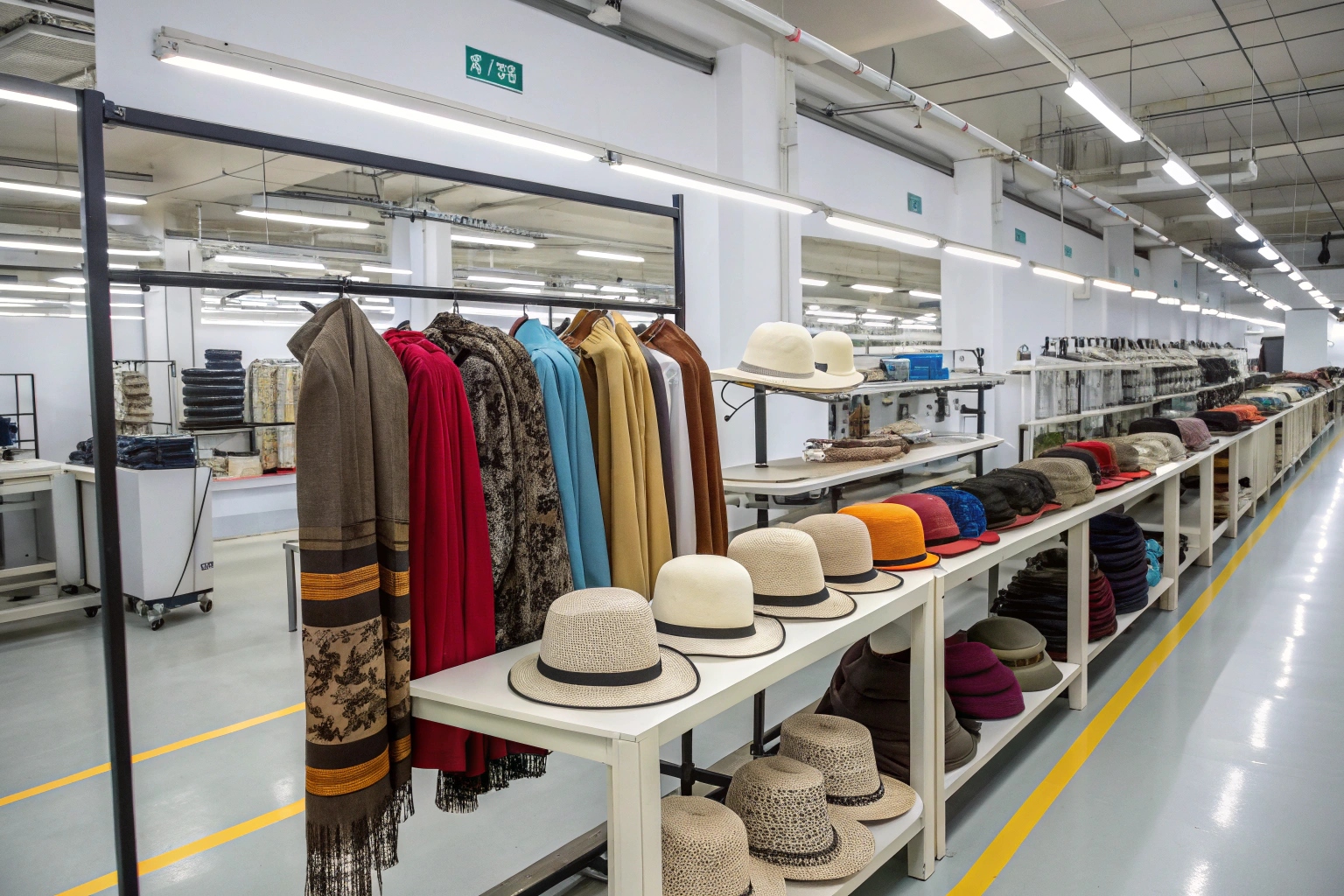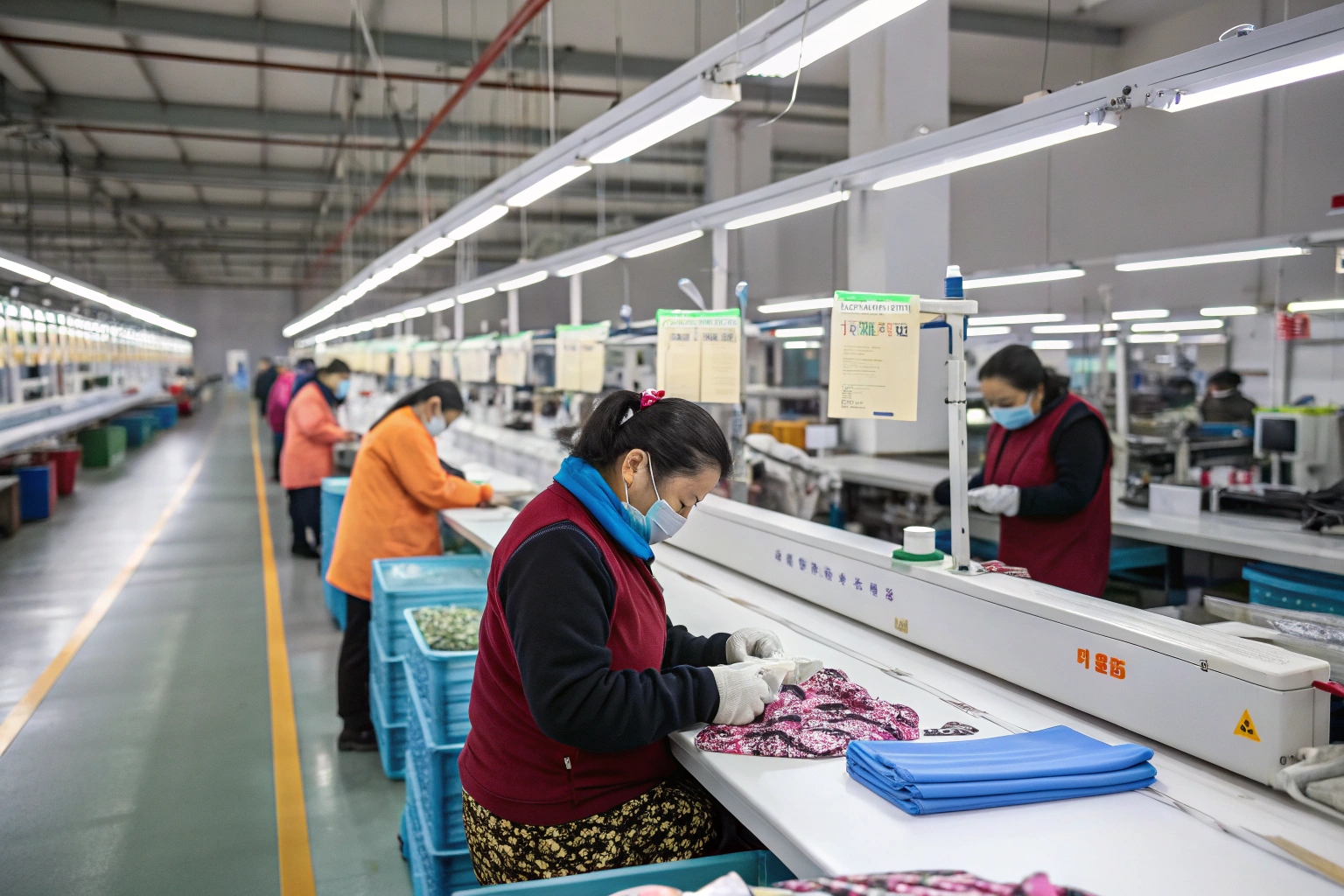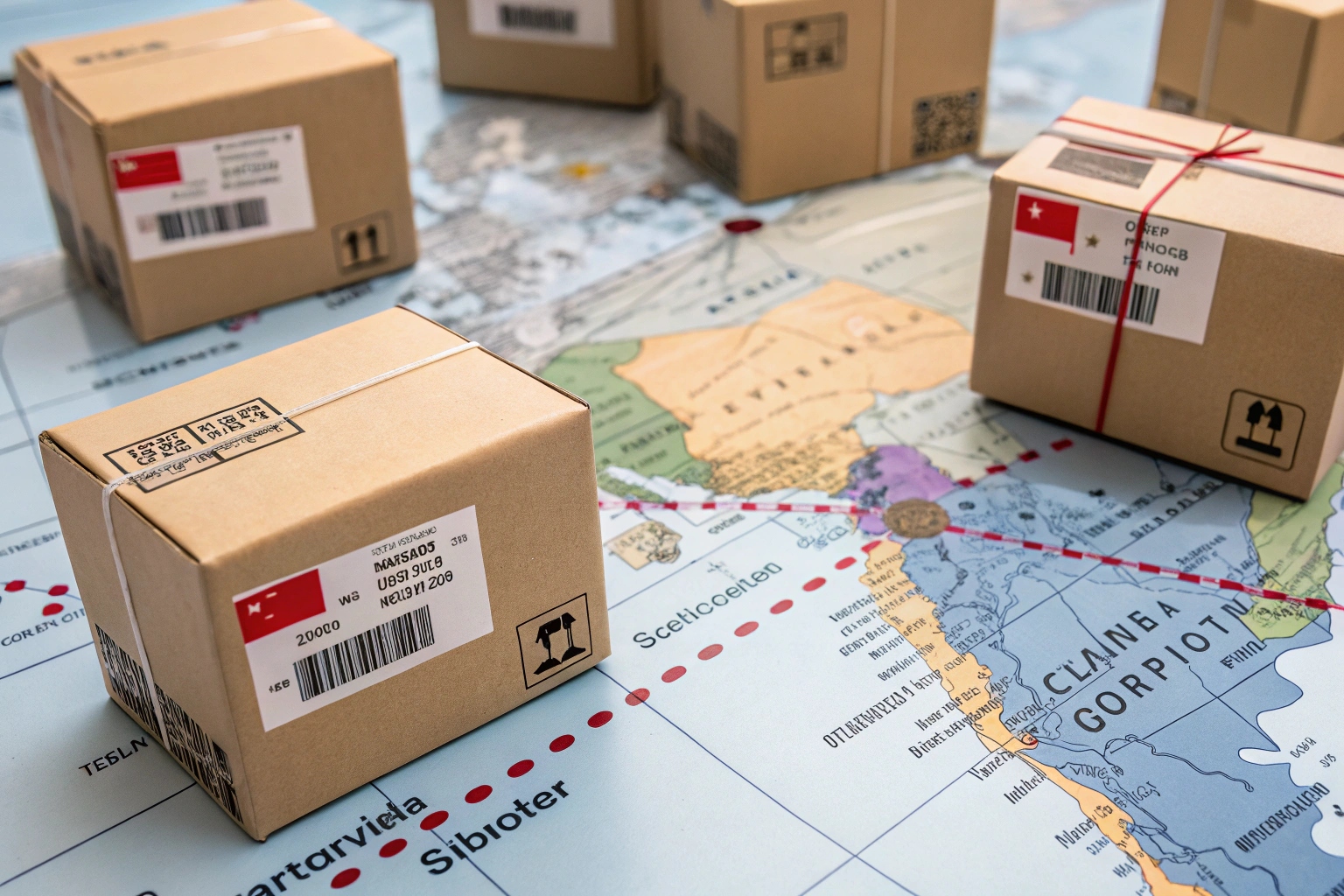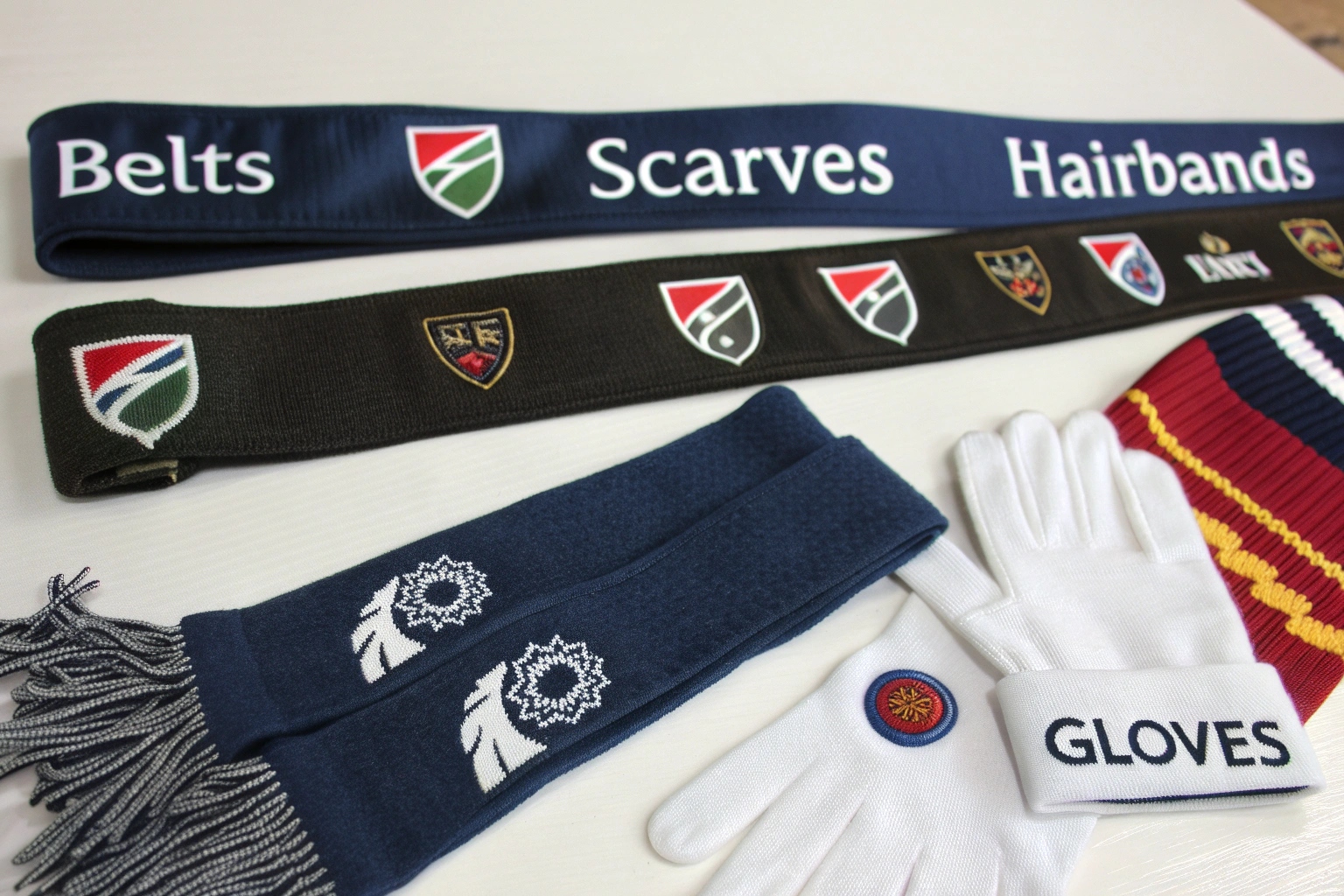If your accessories include any kind of battery—LED bows, light-up headbands, or even glow-in-the-dark party belts—you can’t treat them like regular cargo. Whether you're shipping via air or sea, battery regulations are strict. Missteps can lead to customs rejections, carrier fines, or worse—shipment seizures.
To ship battery-powered accessories, you must follow international lithium battery regulations, proper labeling, packaging compliance, MSDS documentation, and courier-specific rules based on battery type and shipment mode.
I’ve shipped thousands of light-up accessories to the U.S. and Europe. Let me walk you through what we do as a factory to ensure smooth customs clearance and reliable last-mile delivery.
What battery types are commonly used in fashion accessories?
Knowing your battery type is the first step. Most accessories use small lithium coin cells, alkaline batteries, or rechargeable lithium-ion units. Each one has different shipping rules.
Light-up accessories often use CR2032 or similar lithium coin cells, which fall under UN3481 or UN3091 classification depending on packaging. Identifying this early prevents delays.
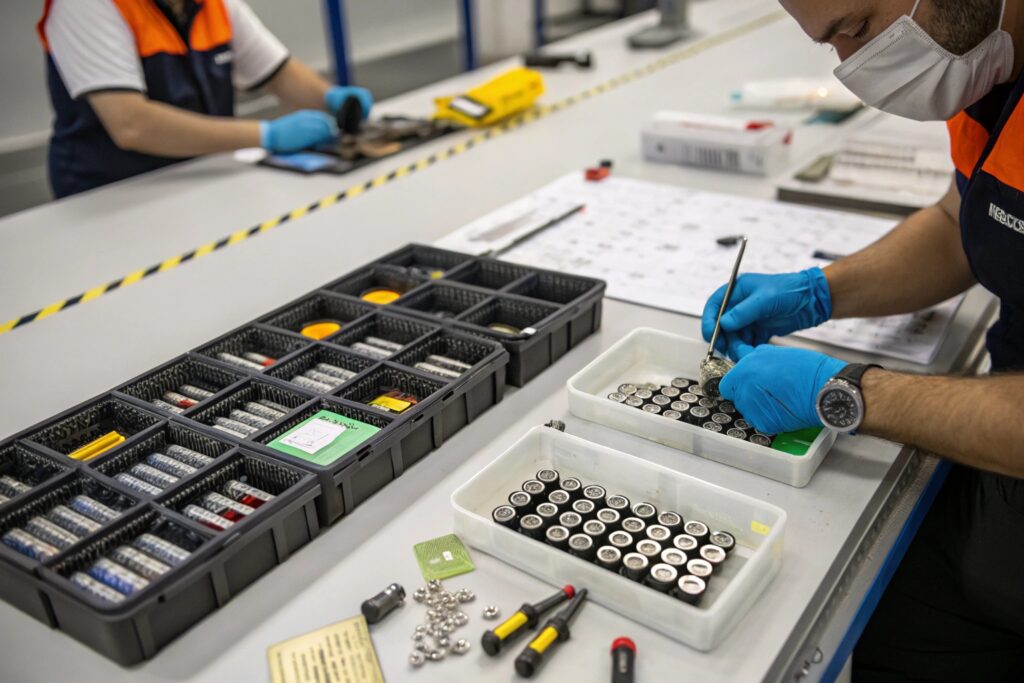
What are the shipping categories for batteries?
Here’s a breakdown:
| Battery Type | UN Code | Common Use |
|---|---|---|
| Lithium-Ion (Recharge) | UN3481 | USB-recharge headbands |
| Lithium-Metal (Primary) | UN3091 | CR2032 coin cells |
| Alkaline Batteries | None | Light-up toys, gloves |
Each category requires different packaging, paperwork, and carrier approval.
How do you classify combination items?
If the battery is built into the accessory (like a sewn-in LED hairband), you must declare it as "contained in equipment." If it's separate but included (like spare cells), the rules tighten and require more labeling and paperwork.
What labels and documents are required for shipping?
One missing label can stop a shipment. To ship battery items safely, you’ll need shipping labels, MSDS (Material Safety Data Sheets), and sometimes manufacturer test reports depending on destination country.
We print proper UN hazard labels, attach English MSDS documents, and include battery safety instructions with each light-up accessory shipment. Couriers like FedEx or DHL won’t move your goods without these.
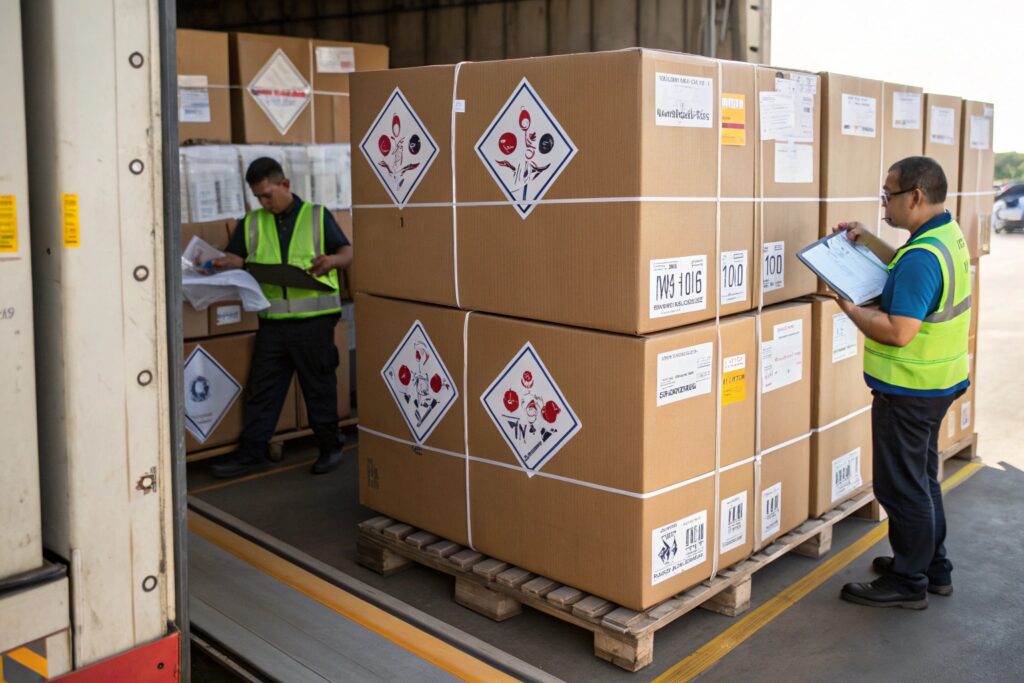
What goes into an MSDS?
A valid MSDS includes:
- Battery chemical composition
- Flash point and hazard class
- Handling, disposal, and transport precautions
- Manufacturer details and emergency contacts
We provide MSDS sheets for each battery type and update them every 12 months.
What labels are essential?
Your outer cartons must show:
- UN3481 or UN3091 symbol
- Lithium battery warning labels (with size)
- Handling label with emergency contact phone number
And if you ship by air, IATA Dangerous Goods Declaration may be required for over 2 cells per item.
How does shipping mode (air/sea) impact battery compliance?
Shipping regulations change depending on your shipping method. Airlines are much stricter on batteries due to fire risk. Sea freight allows more flexibility but still demands proper documentation.
Air shipments of battery accessories must pass IATA rules, while sea shipments comply with IMDG Code. We package and declare them differently based on mode.
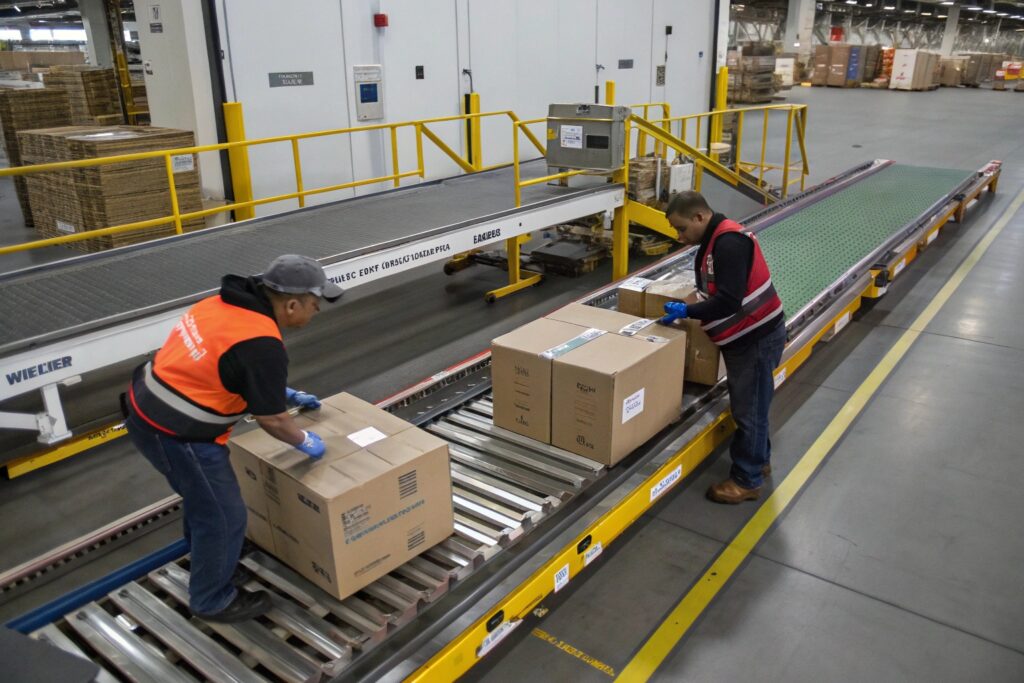
What are the limits for air cargo?
Most express couriers allow a limited number of lithium batteries per parcel. Over 2 grams of lithium content or over 100Wh requires full Class 9 Dangerous Goods classification. Light-up accessories usually pass under the limit but still require packaging in blister wrap or inner boxes.
How does sea freight handle battery items?
Sea freight allows larger batches and doesn’t limit lithium content as strictly as air cargo. Still, you’ll need:
- Battery test reports (UN38.3)
- Packing declarations
- Consignee acknowledgment of special cargo
We help clients navigate these with pre-filled templates.
What happens if you don’t follow the rules?
Ignoring battery regulations is risky. Shipments can be held, returned, or even destroyed. You may face carrier bans or brand reputation damage if goods are flagged multiple times.
We’ve helped clients fix blocked shipments caused by improper battery labeling or missing MSDS files. But prevention is better—every shipment should be audit-ready.
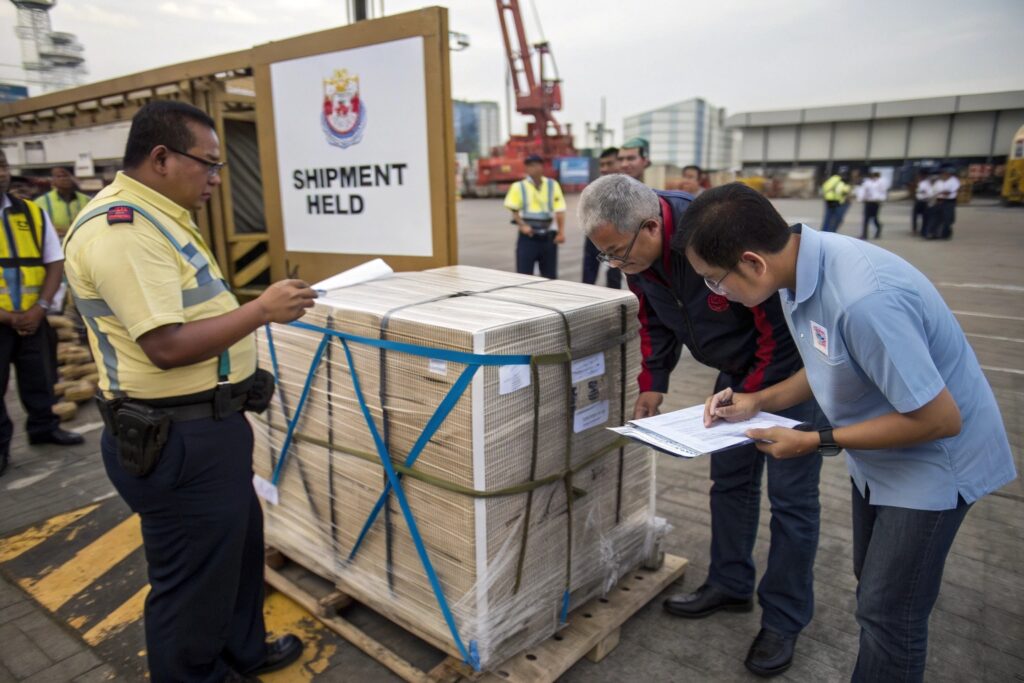
What are common mistakes?
- Labeling coin cell batteries as “non-lithium”
- Missing UN3481 warning labels
- Not declaring spare batteries in the invoice
- Using plastic tape instead of non-conductive wraps
Each mistake increases inspection time or risk of full rejection.
How do we help prevent compliance issues?
We pre-review shipping plans for each battery product. Our team confirms battery specs, prepares MSDS and UN labels, and arranges pickup with trained hazmat couriers. You don’t need to learn IATA rules—we already follow them.
Conclusion
Shipping accessories with batteries is manageable—but only when you follow the rules. From identifying battery types to printing UN3481 labels and submitting MSDS reports, every step matters. At AceAccessory, we’ve helped buyers across North America and Europe ship light-up and LED accessories with zero customs delays. If you’re planning to launch glow-in-the-dark gift packs or light-up hair products, we’re ready to guide you with battery-safe production and fully compliant logistics.

